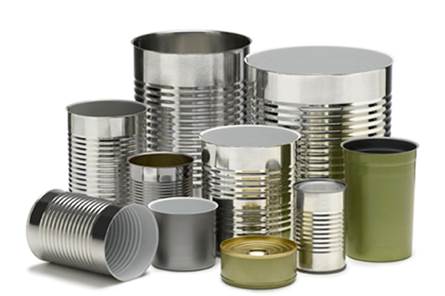
Tin Can

Cans manufactured today have only a very thin layer of tin, but continue to be called "tin cans" for historical reasons. Steel cans have a layer of tin 15 millionths of an inch thick to prevent corrosion – thinner than the skin of a soap bubble.
Recycling cans saves between 60 to 74% of the energy used to produce them from raw materials.
However, mining tin has many social and environmental justice implications. Read this article on the "Big Five - Tough Social Issues in Mining".
This Mongabay article describes how "... the environmental damage wrought by the [illegal tin] miners in Kelabat Bay, where fishing is a mainstay of local livelihoods ..." has lead to social conflict in the Bangka-Belitung Islands, Indonesia. While Bangka Island provides 30 per cent of the world's tin - a vital component in the gadgetry few of us can do without - large-scale illegal mining is ravaging the environment and claiming lives.
See also aerosol can, aluminium can
There are alternatives to buying canned goods:
Grow your own fruit and vegetables or buy fresh from farmers market or the supermarket.
Buy dry vegetables such as beans and peas that don't come in cans.
Preserve your fresh vegetables for the winter months. Bonus: glass preserving jars can be reused each year.
Cans make excellent storage containers for pens/pencils, cutlery, utensils.
There are many craft ideas online for decorating cans.
Tin cans can be recycled at the Whanganui Resource Recovery Centre.
Large catering cans can be put in the scrap metal bin.
Where do all the recycled cans go?
Please recycle rather than send to landfill. (Read the Educate section at the top of this page for compelling reasons for recycling tin.)